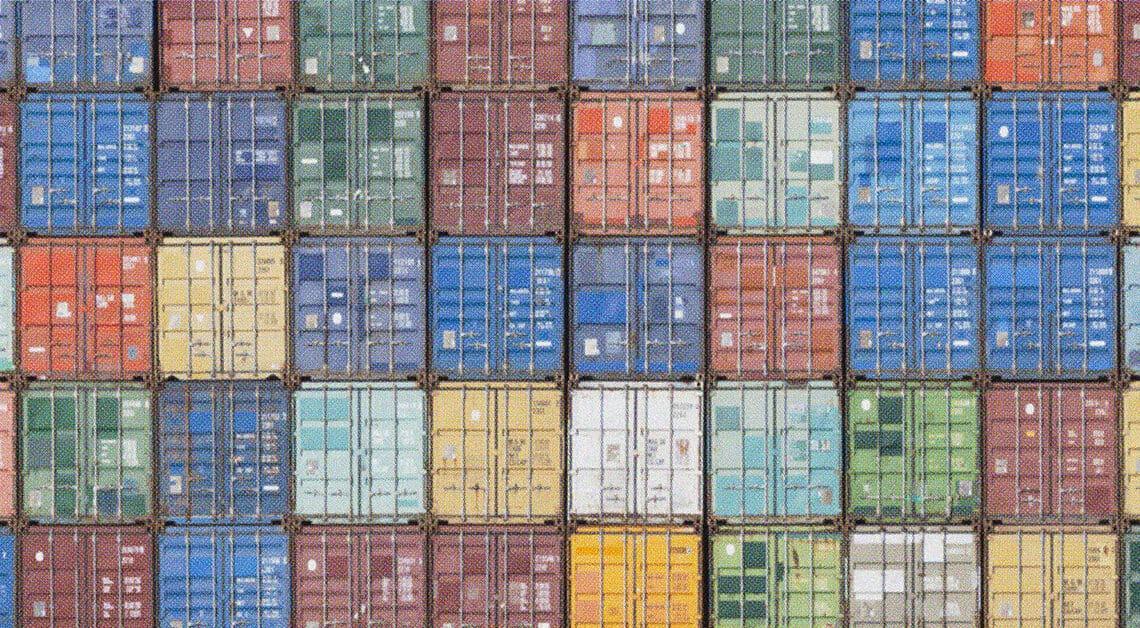With over 1 billion people, a more than 7 percent annual growth rate and business-friendly government policies, India offers vast potential for success in the marketplace that few companies can afford to overlook. However, before committing a significant amount of time, talent and financial resources expanding operations into India, know this: While the rewards can be great, so can the risks.
Successful navigation of India’s tax and regulatory environment requires a deeper strategy than simply “follow the laws.” A holistic compliance strategy requires a thorough understanding of the country’s marketplace, business culture and regulatory environment.
“Make In India” Initiatives and Lower Taxes Expand Options
India’s government launched the “Make In India” initiative in 2015 with a goal of transforming the nation into a major manufacturing hub that would entice both foreign and domestic investments. The program’s goal is to reduce barriers to foreign investment, improve the country’s infrastructure and reduce the regulatory burden.
Many companies welcomed the initiative, because India’s market has historically been complex, expensive and opaque. This year, the World Bank ranked India 130 out of 189 countries in its “Ease of Doing Business” scorecard.
Prime Minister Modi’s government hopes to lower the cost of doing business in India with a pair of initiatives designed to attract more foreign investment:
- Special Economic Zones (SEZ): The SEZ areas (called “schemes”) offer tax advantages because they are duty-free zones and are treated like foreign territories.
- National Investment in Manufacturing Zones (NIMZ): This new effort is an attempt to correct the problems experienced with SEZ schemes. In NIMZ areas, the central government will take a more active role in creating the zones and building proper infrastructure. Instead of a special tax-free area, the NIMZ will be a self-contained township devoted to manufacturing.
Even with these positive steps, the Indian market remains a challenging place for importers and exporters. Even the smallest details are important, which is why it’s important any trade compliance strategy includes the following four practices:
1. Ensure Proper Classification of Materials
Every item imported into India must be marked with the proper HS Code specific to the Indian Trade Classification Harmonized System (ITC-HS). India uses the basic HS system, but adds its own coding requirements too:
A code with six digits is a universal standard (HS Code) and a code with seven to 10 digits (HTS Code) is often unique after the sixth digit and determined by individual countries of import. These codes are important because they not only determine the tariff/duty rate of the traded product, but they also keep a record of international trade statistics that are used in most countries.
The Indian Trade Classification (Harmonized System) (ITC-HS) code has eight digits (the first six digits are common as per World Customs Organization, with two digits for added specificity).
The sometimes Byzantine nature of India’s import/export regulations and domestic industry protection laws mean that product classification mistakes can cost money — a lot of money. For instance, some items receive customs tariff preferences depending on their end use.
India protects its handmade jewelry industry with high tariffs on manufactured jewelry. Consider a widget that could either be used in auto manufacturing or in high-volume jewelry manufacturing. Suppose a shipment destined for an auto plant gets misclassified. The ITC-HS codes might differ by just one digit, but that digit could cost you 10 percent or more of the widget’s value in extra duty costs.
These protections, tariff rates and codes change with alarming frequency. Make sure your staff is properly trained and stays current with the required codes. Too many mistakes can result in fines and/or get you flagged by customs for extra scrutiny of shipments — which could significantly increase the time it takes for clearance.
2. Understand Customs Tariffs & Duty Calculations
A quarter-century ago, tariff rates in India averaged 2,000 percent, but now average “just” 15 percent on non-agricultural products. Though rates are a lot lower now, the system remains a complex mathematical challenge for those who are not familiar with conducting business in India.
Consider the steps required to calculate customs duties for IT exports to India:
- Obtain the tariff classification of the goods
- Calculate the basic customs duty
- Calculate the customs surcharge
- Calculate the additional duty of customs
- Calculate the special additional duty (SAD)
- Calculate any additional duties
- Determine your eligibility for exemptions
The list of categories and exemptions discounts/increases seems endless. It isn’t for the faint-hearted or inexperienced import/export professional.
3. Prepare for the Business Culture
Corruption is an unpleasant aspect of India’s business culture. The Wall Street Journal noted:
India was more prone to some types of fraud than any other country. For instance, the survey found that Indian respondents were the most likely to report encountering corruption and bribery, regulatory breaches, money laundering and theft of intellectual property.
This is one area where supply chain professionals definitely can’t “go with the flow.” The U.S. Foreign Corrupt Practices Act will catch up with you sooner or later.
Due diligence and careful research on business partners and employees is worth the time and effort because it can help avoid disputes or lawsuits later. The World Bank ranks India 178 out of 189 countries in the Enforcing Contracts category. Twenty-two million court cases are currently pending, with millions more waiting for a hearing.
Lawsuits cost money and disrupt operations. So do regulatory fines and penalties. Make sure your business partners are credible and reliable.
4. Assemble a Dedicated Compliance Team
India is too large and diverse for a single compliance strategy: you need to plan by product and by region. India has 22 major languages, six main ethic groups and seven major religions. But breathe … most business is conducted in English, and most business executives are familiar with Western business practices.
No company can manage this long-distance. Have knowledgeable professionals on-site who understand the culture, speak the local language and understand the system well enough to handle paperwork and other issues. Even though the central government is trying to cut red tape, the business environment is still highly regulated and decentralized.
Good local representatives can build relationships with local business leaders and government officials. Small to midsize companies may consider using a global solutions provider. Many offer customized, end-to-end supply chain solutions that use best practices and meet regulatory requirements.











